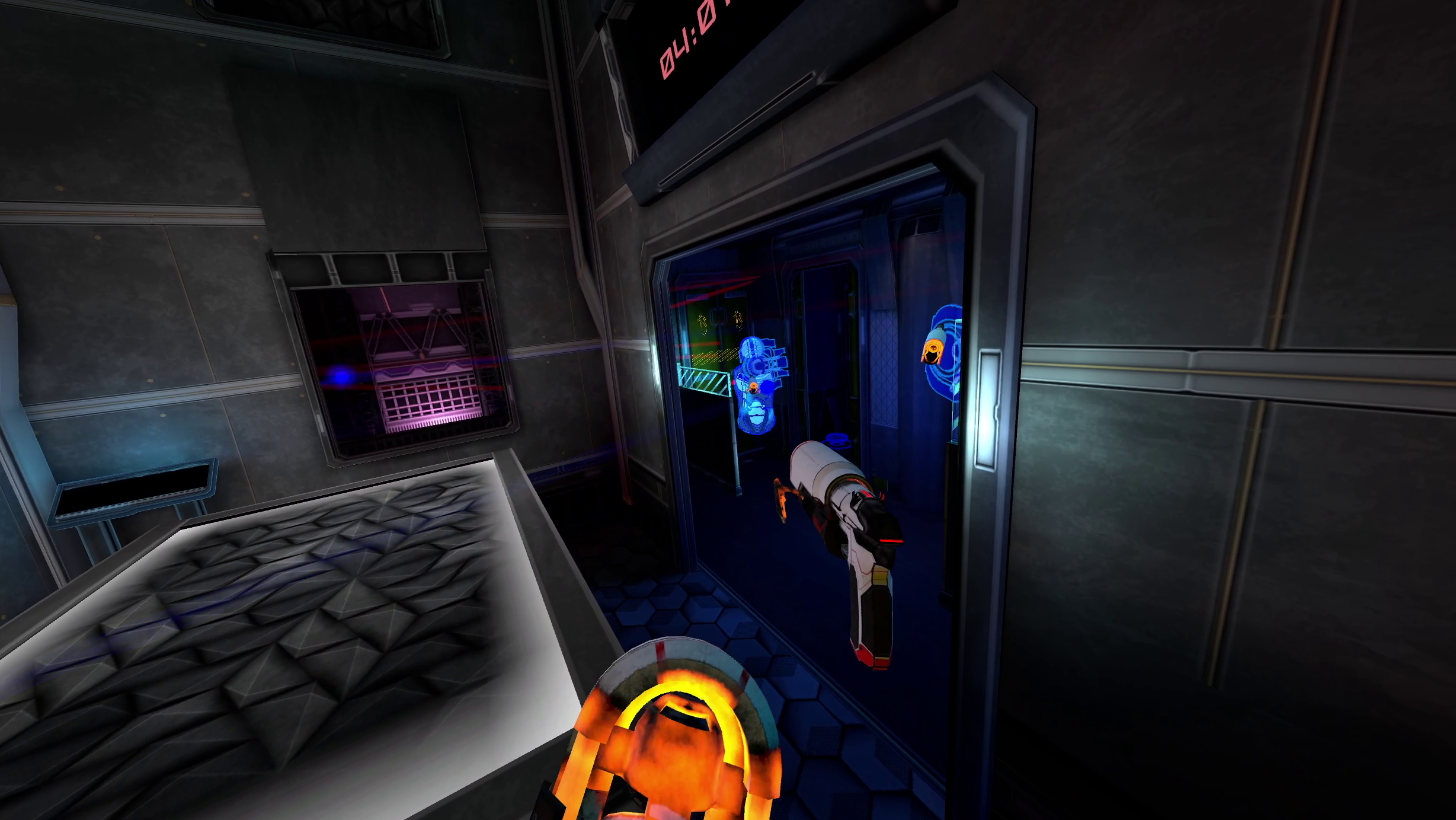
A competitive PvP Arena shooter, focused on getting people active in VR.
Year
2021
Company
Fennec Labs/Spawnpoint
Phase 2
My involvement
Project co-ordinating
Expanding the weapon types
Weapon balancing and mechanic design
Weapon swapping mechanics / UI
Control scheme for Striker Mavrik Pro
What prompted Phase 2?
Feedback from the initial major demo at HTC indicated that players desired a wider selection of guns and additional maps. Based on this feedback, I advocated for a more diverse combat system that rewarded player creativity. This initiative led to me assuming the project lead role and designing numerous systems that were subsequently implemented in later games and unreleased updates.
Fennec Labs was a small company at the time, affording me the opportunity to engage in multiple roles that significantly enhanced my skill set.
Adopting Agile Methodology and Jira
The primary challenge we encountered during Phase 1 was scheduling conflicts and limited availability for meetings, due to the team's diverse work styles (office, hybrid, and remote) and varied time zones. To address this, I introduced biweekly planning meetings and implemented Jira for project tracking and deadline management.
Although bare bones in the early stages, these tools proved instrumental in mitigating communication issues within the asynchronous team.
Weapon types
The Pistol
The first weapon in RE:COIL was modified in the combat update. The original Pistol had a single fire mode; damage increased the longer the trigger was held. However, its fire-on-release functionality caused spammed shots to feel unnatural and sometimes prevented firing altogether.
To resolve this, we implemented a multi-fire mode concept where players could toggle between multiple fire modes on the fly. The default was changed to a traditional press-to-fire mode, with the original charge-fire as the alternate. This change rectified the unresponsiveness issue but introduced a new challenge: players struggled to locate the fire mode button. But a simple tutorial could resolve that.
The Shotgun
The shotgun had two fire modes: a wide-spread shotgun and an AoE grenade launcher. The shotgun presented balancing challenges in the tightly packed 6x6m arena. The optimal solution was environmental design, not weapon modification. Incorporating long corridors, sharp angles, and arena debris provided opportunities where the shotgun pellets would catch on the environment. Giving the perfect opportunity for other weapon types to counter an aggressive shotgun user.
The AoE grenade was also an unusual learning experience. The blast radius of the grenade was almost half the entire playspace but very rarely felt that large. This was due to the blast radius being mitigated by the arena's layout. This experience enhanced my understanding of spatial awareness in level design.
The SMG
The SMG featured two fire modes: rapid-fire automatic and slow-firing frozen bullets. The automatic mode had slightly lower DPS than the Pistol but offered the advantage of automatic fire.
The slow-firing mode was a novel mechanic where bullets appeared as stationary mines on trigger pull and traveled at high speed on trigger release. This mode enabled dynamic map control but proved challenging for novice players, who primarily used the automatic mode. This experience highlighted the value of simplicity in design.
VR UI
The weapon-swapping mechanic was a key element of this update. I created a utility belt concept, with options appearing at waist height and dynamically adjusting to the user's view. This was intuitive for VR novices and created limited obstructions to the user. This mechanic was incorporated into subsequent games.
Level Design
During this phase, I focused on designing maps that complemented the new weapons. I was responsible for the greyboxing and initial blockouts of the maps featured in the trailer. Due to my limited experience, I relied heavily on reusing existing map elements and the expertise of colleagues. The primary challenge was lighting and light probes, an area I'm still developing.
One Game, Two Control schemes
DThis update also involved developing a control scheme for the Striker Mavrik Pro. The initial concept of a feature-reduced version for the Mavrik was met with resistance during player testing. Instead I suggested we used the same tracking device that was used on the Mavrik to track the players offhand, enabling seamless cross-play without control scheme advantages.
The increased tracking devices introduced potential points of failure, but players favored a sometimes-buggy shield over no shield at all.
Phase 1
My involvement
Greyboxing levels / Initial level design
QA and setting up test plans
Contributing to marketing materials
Maps
I conceptualized three new maps featured in the trailer and adapted existing maps to create deathmatch versions. This involved collaborating with the art team to enhance visuals and optimize levels for VR. I also created the "Module" map from recycled elements of existing maps to reduce new level creation time while maintaining quality. This experience taught me a lot about spatial awareness in VR and the importance of wall padding in arena-scale VR games.
Marketing Material
I contributed to the marketing material shown above by helping to record footage and providing general marketing direction for RE:COIL on the Spawnpoint website.





